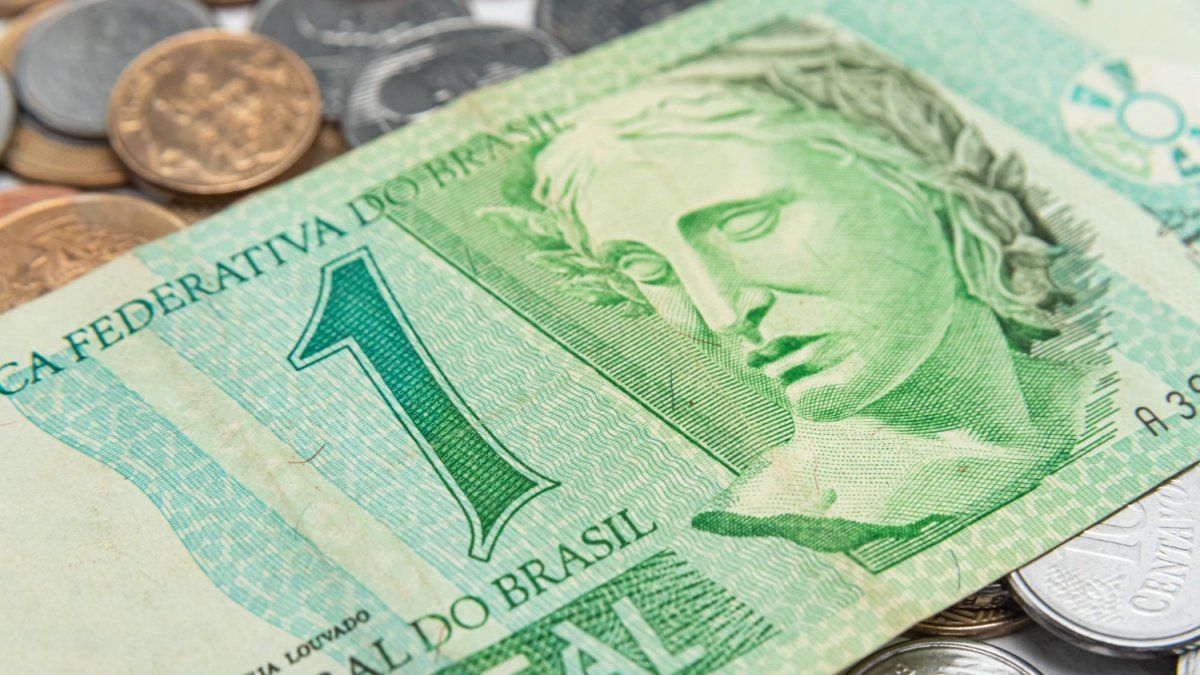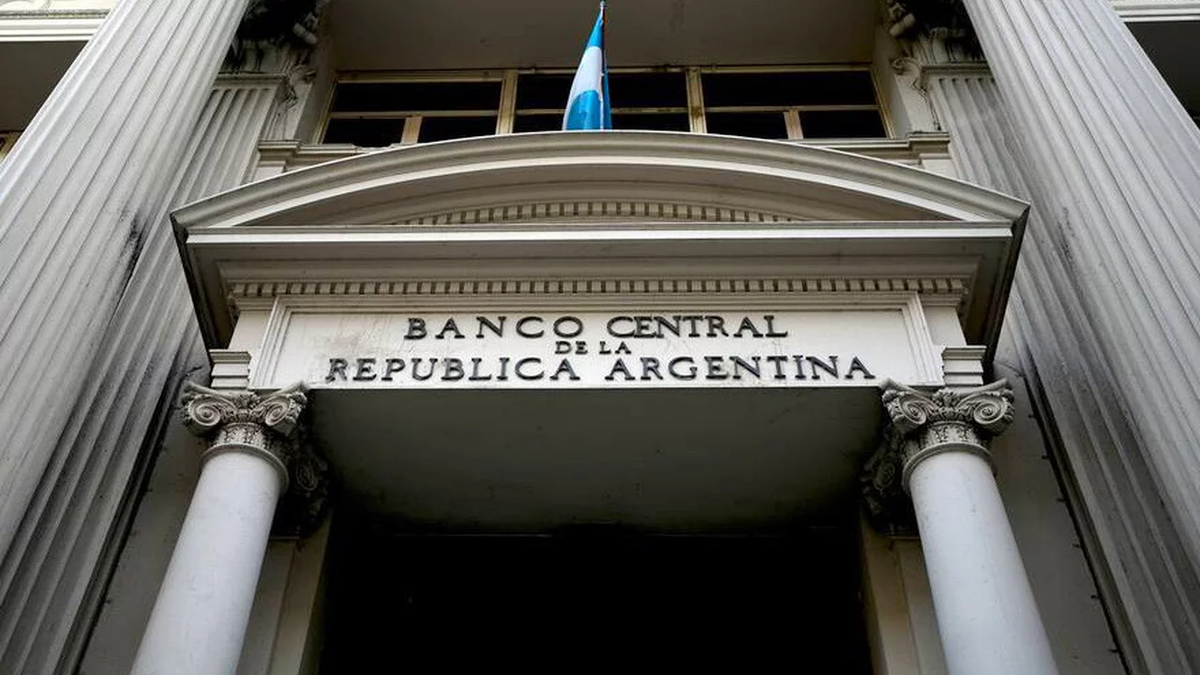At the moment, the monetary train is made up of inflation, which makes locomotive at an annual rate of 52.3%the monetary policy rate, which acts as a wagon to a rate of 44.5% per year, and the rate of devaluation that closes the formation with a rate of 20.6% per year.
The Treasury has a stock of debt in pesos adjusted for inflation which is located in US$66,915 million. At the exchange rate at the end of March, it would give us a whopping $7,428,000 million. For each additional point of inflation, this debt increases by $74.280 million. If in the month of April the inflation rate is 6%, the stock of debt would increase by $445,680 million. A real madness.
The Treasury has a stock of debt in pesos adjusted for the interest rate, which generally copies a few points above the monetary policy rate, which stands at 44.5% per year. The stock of this debt is US$45,971 million. At the exchange rate at the end of March, it would give us $5,100,000 million; For each point that the monetary policy rate increases, this debt would increase by $51,000 million when it is renewed in the market.
The BCRA has a high stock of debt in leliq and passes, amounting to a whopping US$43.5 billion. Measured in pesos at the exchange rate of March 2022, it would amount to $4,830,000 million. For each point that the monetary policy rate increases, this debt would increase by $48.3 billion.
The rate of devaluation grows at a rate of 20.6% per year, if it were to do so at a higher rate it could generate negative externalities, since it would increase the inflation rate and this would increase the stock of debt adjusted for inflation.
If inflation rises, the BCRA would raise the monetary policy rate and generate more debt in the Treasury and in the BCRA, since it would affect the stock of debt at a variable rate. On the positive side, a devaluation of the peso would pave the way for higher exports and import restrictions, which would increase the stock of reserves.
Conclution
. – If the government decides to increase the rate of devaluation, it would be benefiting exports, but it would be buying a problem of great magnitude because this would lead to a rise in domestic prices in the economy, that would increase inflation and thus boost the inflation-linked debt.
. – If the government raises the interest rate to combat inflation, it would generate a sharp rise in the interest rate it pays for the non-indexed Treasury debt and the leliq of the Central Bank. In both cases, it would increase the liability and therefore would need more fiscal surplus (which it does not have, nor would it have) to pay, or otherwise, more issuance or more debt.
. – The more inflation we have, the more problems we will have due to the eventual rise in the interest rate and the exchange delay due to a dollar that increases at a slower rate than inflation.
. – The government is in the grip of a fiscal deficit that it cannot continue to finance with debt in pesos or with issuance. On the other hand, this deficit generates a foreign exchange delay, which slows down the entry of dollars into the economy.
. – Time deposits in the Argentine financial system total $4,500,000 million, as do loans to the private sector.
. – The sum of the remunerated liabilities in pesos of the Central Bank and the debt of the Treasury reaches $17,358,000 million, this is almost 4 times the loans to the private sector. The State absorbs the credit of the people, that is why we are as we are.
What would happen if the government runs inflation behind with the rate of interest and the rate of devaluation?
. – We would enter a scenario of high inflation in dollars, low growth, high unemployment, low consumption and rising inflation.
. – In this context, sooner or later, dollars will begin to be lacking in the economy, and what the government does not plan, the market ends up doing.
. – Under this economic program, low growth, high inflation, an increase in the gap and, at some point in the second half of the year, a sharp devaluation of the official dollar are inevitable.
. – What is postponed today, the market adjusts for you tomorrow.
financial analyst
Source: Ambito




